About Me
See my
I am a PhD candidate passionate about studying the early universe, increasing the visibility of minoritized groups in STEM,
increasing diversity, and making academia a more welcoming and accepting place. For my research, I use both the cosmic microwave background (CMB)
and stochastic gravitational wave backgrounds (SGWB) to constrain models of inflation. No constraints on theory are possible without clean data, so
I co-developed an efficient machine learning enabled pipeline to classify and remove unexpected bright signals, called "glitches",
in data from CMB telescopes. Alongside my research, I work on various
outreach and EDI initiatives including
See below for more information about me and my work!
PhD (in progress)
I am completing my PhD in Astronomy and Astrophysics at the
MSc
I completed my MSc in Physics, Engineering Physics, & Astronomy at
Honours BSc
I did my Honours BSc with a Physics & Astronomy Specialist and Mathematics Minor at the
Research
I have broad research interests ranging from constraining the early universe with both the CMB and SGWBs to machine learning enabled millimeter transient detection. I am a part of the LiteBIRD, Atacama Cosmology Telescope (ACT), and Simons Observatory (SO) collaborations. See below for my publication list and summaries of some of my past work.
Publication ListConstraining the primordial and matter power spectrum
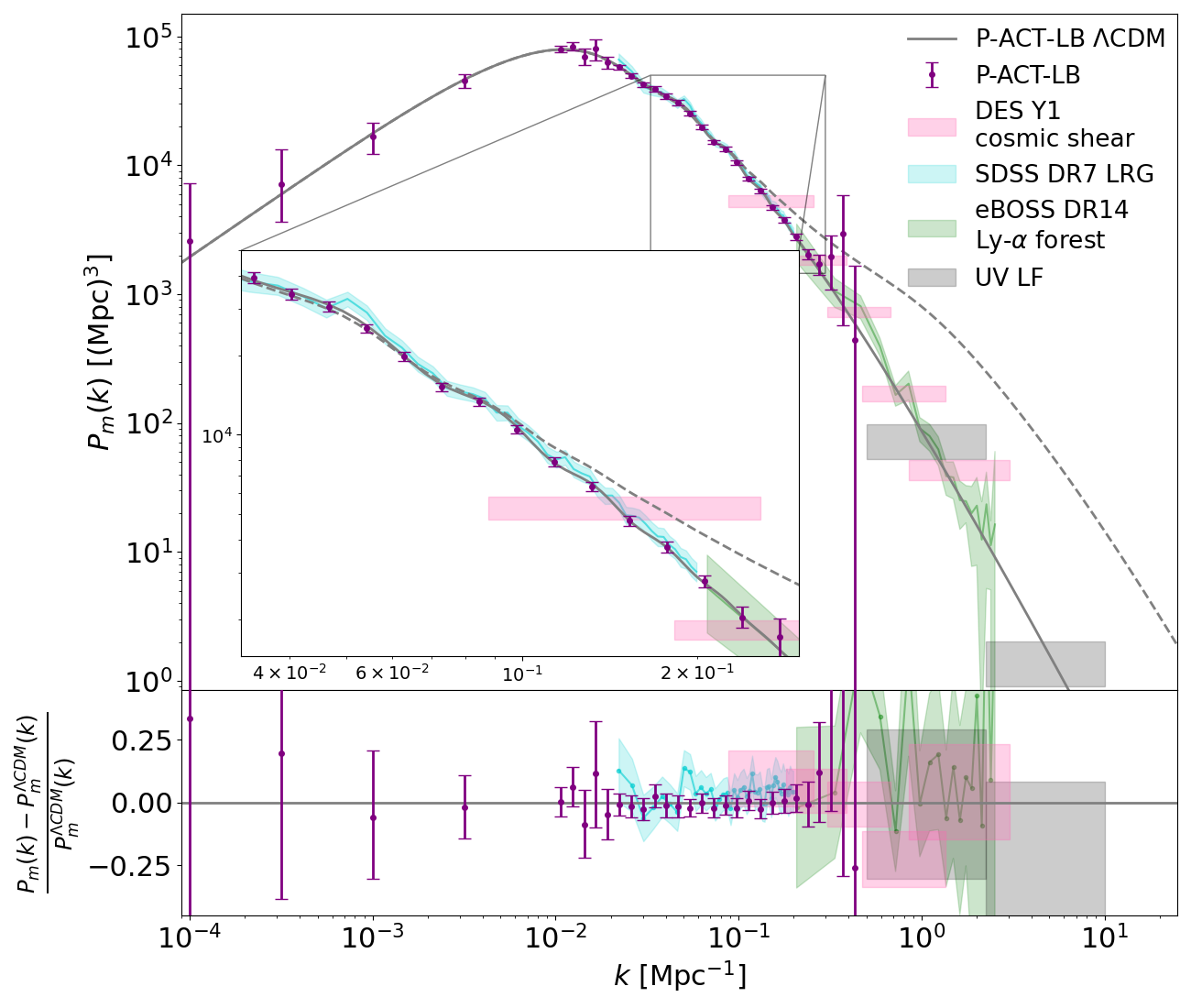
Measurements of the microwave sky provide a window into the earliest moments of the cosmos. Using data from ACT, which operated from 2007 to 2022, we offered the tightest constraints
on the CMB to date. I determined constraints on the primordial power spectrum
using new data from the ACT Data Release 6 (DR6), as well as Planck legacy data, baryon acoustic oscillation
data from DESI Year-1, and CMB lensing data from both ACT and Planck. While the concordance cosmology
Lambda Cold Dark Matter (\( \Lambda \mathrm{CDM} \)) model is a good fit to our data, the ACT data allow us to study models
beyond this standard picture. In order to explore a broader range of deviations from the simple power-law
primordial adiabatic power spectrum than those captured solely by constraining the running of the scalar spectral index,
we consider a more model-independent approach. We reconstruct the primordial power spectrum of curvature
scalar perturbations for 30 \(k\) bins from \(k = 10^{-4} - 0.43 ~\mathrm{Mpc^{-1}}\), and constrain the
amplitude per bin. Given the degeneracy between the primordial power and the optical depth
(often described in terms of the \({A_s-\tau}\) degeneracy), we sample the value of
\(e^{-2\tau}P_{\mathcal{R}}(k_{i})\) for each \(i^{\rm th}\) bin. We find that the constraints from our
combined analysis with all listed data sets are improved over the Planck-alone measurements wherever
ACT data are included (for \(\ell \gtrsim 850\)). I mapped this measurement onto the linear matter power
spectrum and compared with other measurements from the Dark Energy Survey (DES), the Sloan Digital
Sky Survey (SDSS), the extended Baryon Oscillation Spectroscopic Survey (eBOSS), and the Hubble Space
Telescope (HST) measurements of the UV galaxy luminosity function (UV LF). These results can be seen in
the ACT DR6 extended models paper
SGWB from low-scale inflation

My MSc research focused on determining the SGWBs from both inhomogeneities in the inflaton field which
drove inflation and from self-interaction of the inflaton after inflation. I focused on E- and T-model
inflation because they are used as generic inflation models. For different parameter values,
E- and T-model inflation are identical to a range of inflationary models which match present CMB
observations, including Starobinsky and Higgs inflation. The dynamics of these low-scale inflaton
fluctuations are complicated, and need to be studied computationally. I used the lattice simulation
code
Machine learning enabled glitch classification

We developed a new algorithm utilizing machine learning for classifying short-duration features in raw
time-ordered data (TODs) of CMB observations. Previous techniques that employ statistical thresholding
to indiscriminately remove all large spikes in the data (called “data cuts”) end up excising real
astrophysical sources, including transients, from the data. The pipeline uses the output from these data
cuts but can differentiate between electronic noise, cosmic rays, and point sources, enabling the removal
of undesired signals while retaining true astrophysical signals during TOD pre-processing. Our algorithm
also produces a sub-minute to minute light curve, which will be particularly useful for upcoming surveys
with large data volumes, such as SO. We are currently implementing this method in
the SO pre-processing pipeline and TOD based transient alert system. Our proof of concept paper using
ACT data can be seen
Analysis of LiteBIRD Systematics and their Impact on Cosmology
For my undergraduate thesis I was a part of the science maturation study on the proposed Japanese CMB satellite, LiteBIRD, for the Canada Space Agency. I ran simulations using Time Ordered Astrophysics Scalable Tools (TOAST) in order to determine what the noise spectra for LiteBIRD would look like over the course of its lifetime. Using these noise curves, I did Fisher Forecasts in order to determine LiteBIRD's sensitivity to inflationary models. See the poster above for a summary of this work.
Outreach and EDI
Outreach and equity work are among my core passions. I am committed to challenging stereotypes of who can be a scientist, increasing science literacy, and providing educational experiences to minoritized and low socio-economic students who would not otherwise have such opportunities. I strive to build a more inclusive research community and aim to actively shape the culture of our community and help open doors for people who have too often been excluded. Below, I've summarized a few projects I've led or contributed to, focused on expanding access, mentorship, and advocacy in astronomy.
Coding the Cosmos
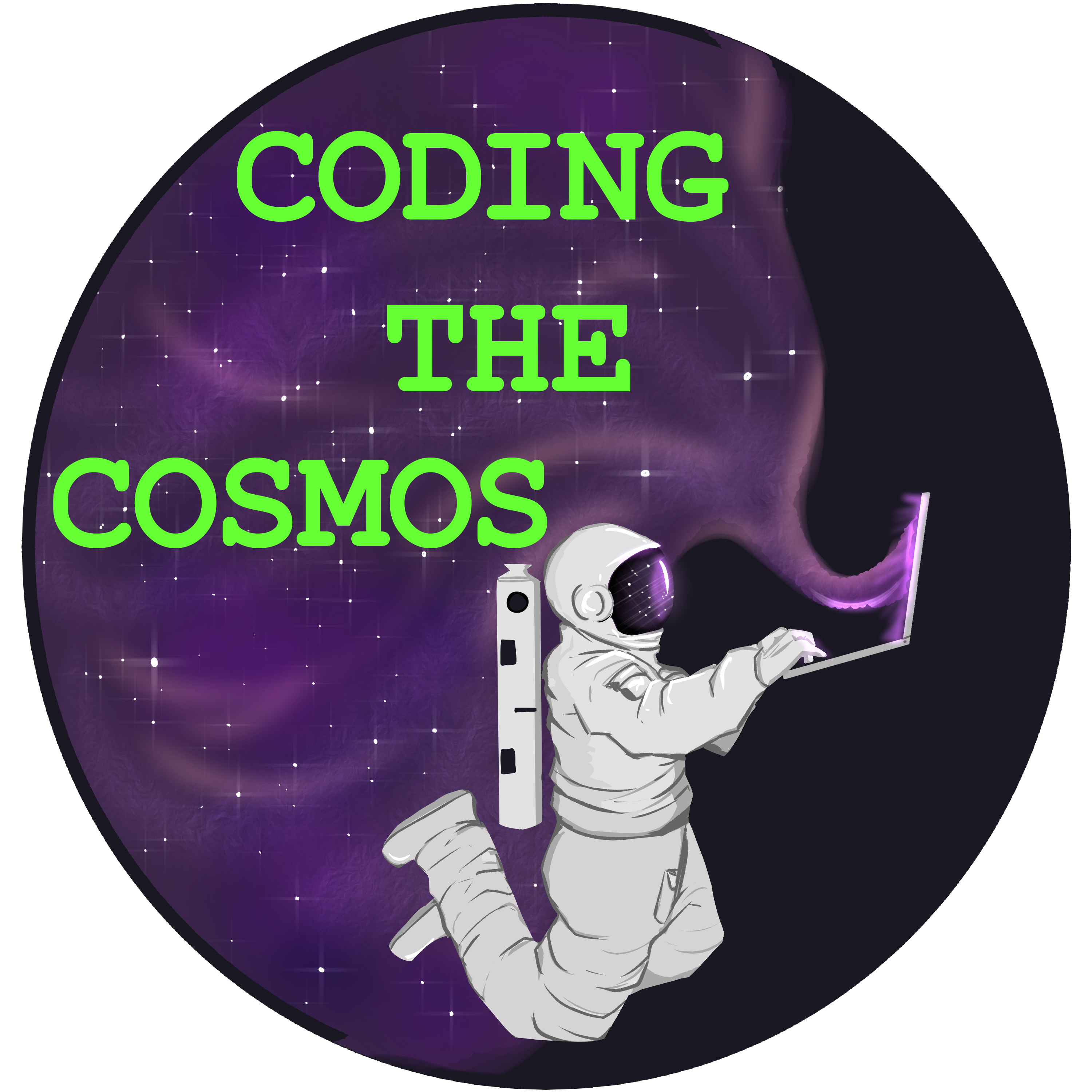 Logo Credit: Eesha Das Gupta/@stelllararts
Logo Credit: Eesha Das Gupta/@stelllararts
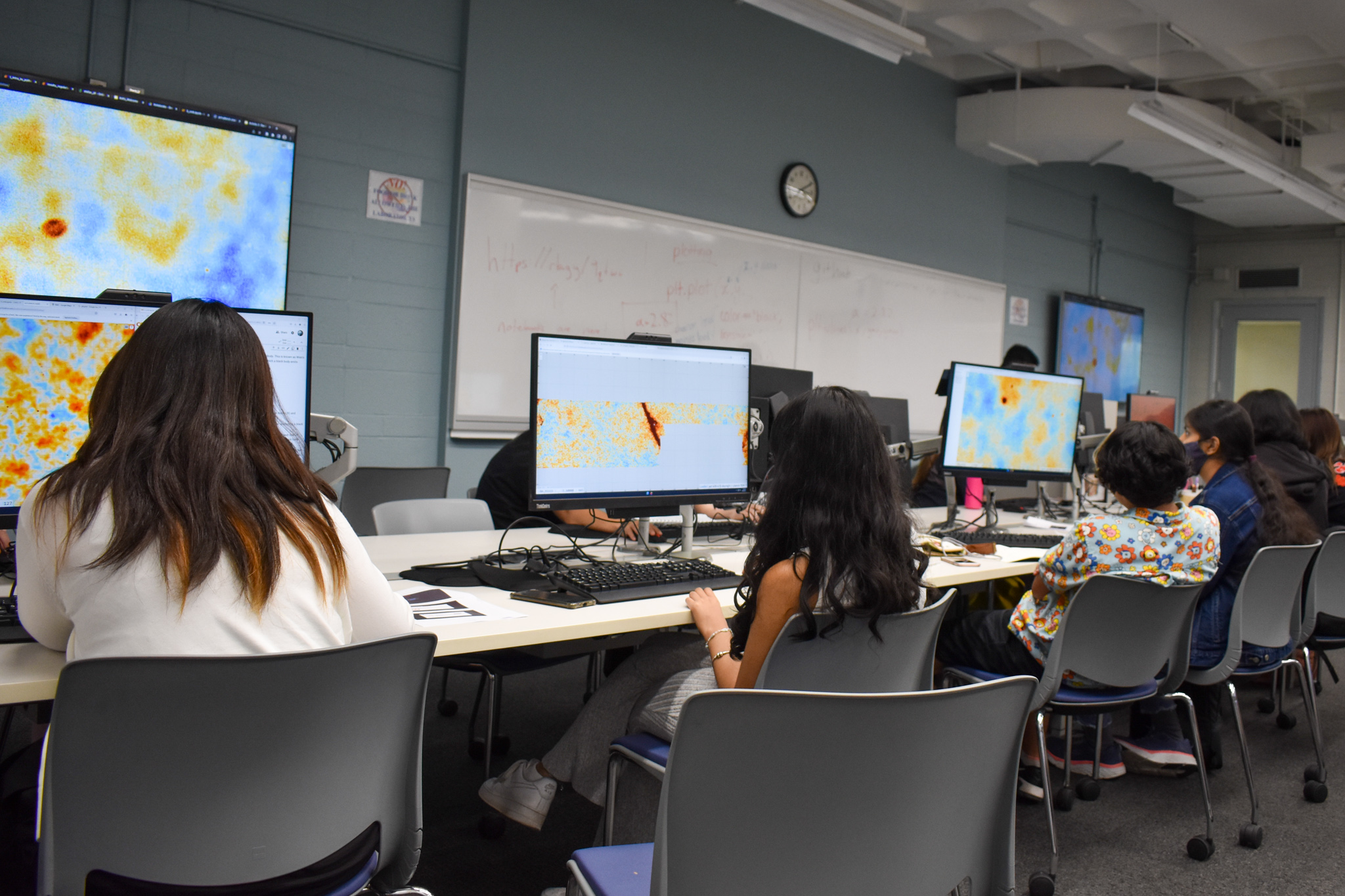
I founded and served as the principal investigator (PI) for
AstroTours
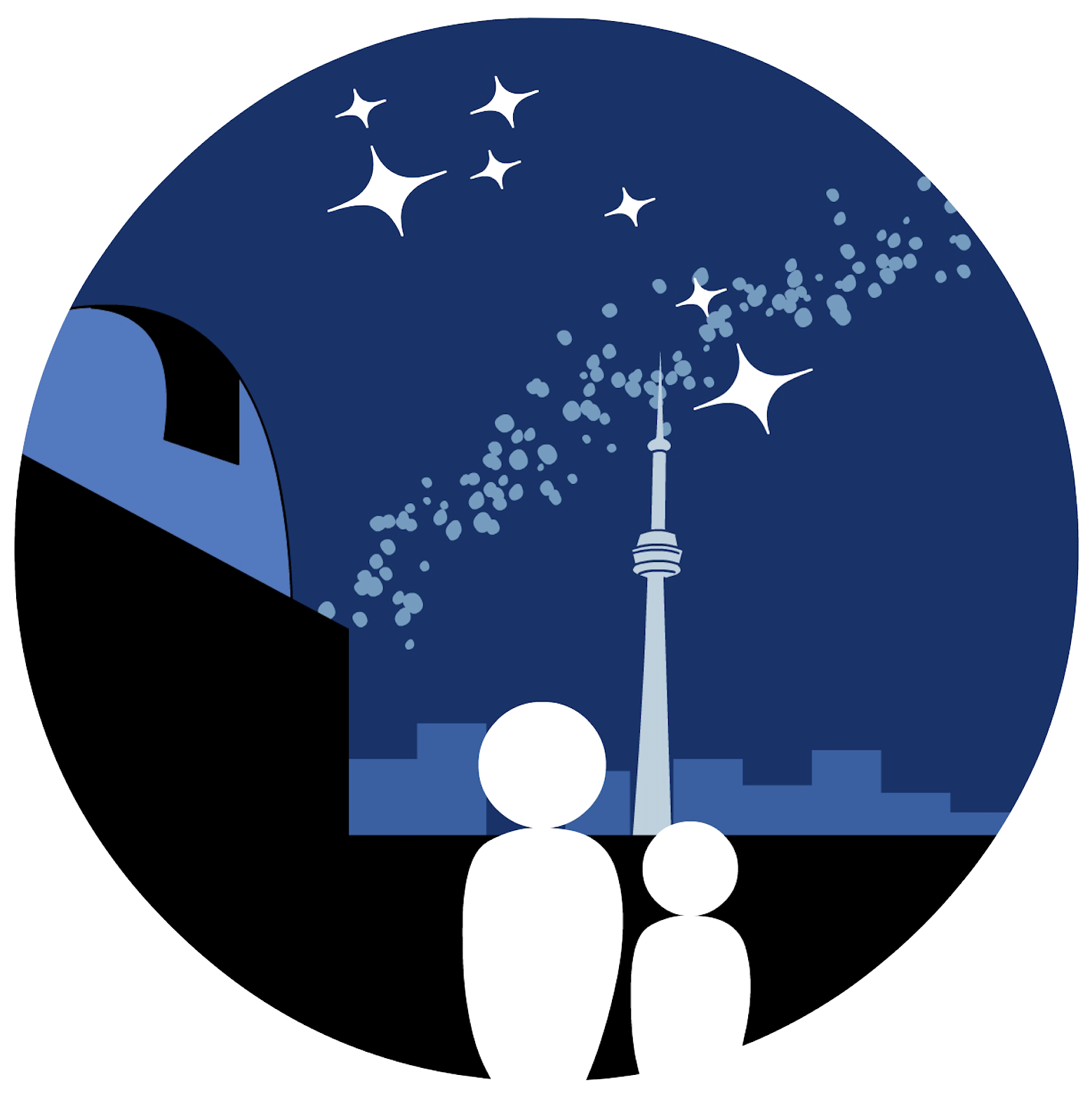
 Image Credit: Dang Pham
Image Credit: Dang Pham
 Image Credit: Nolan Koblischke
Image Credit: Nolan Koblischke
I was the co-director for
Let's Talk Science
IDEAS Initiative

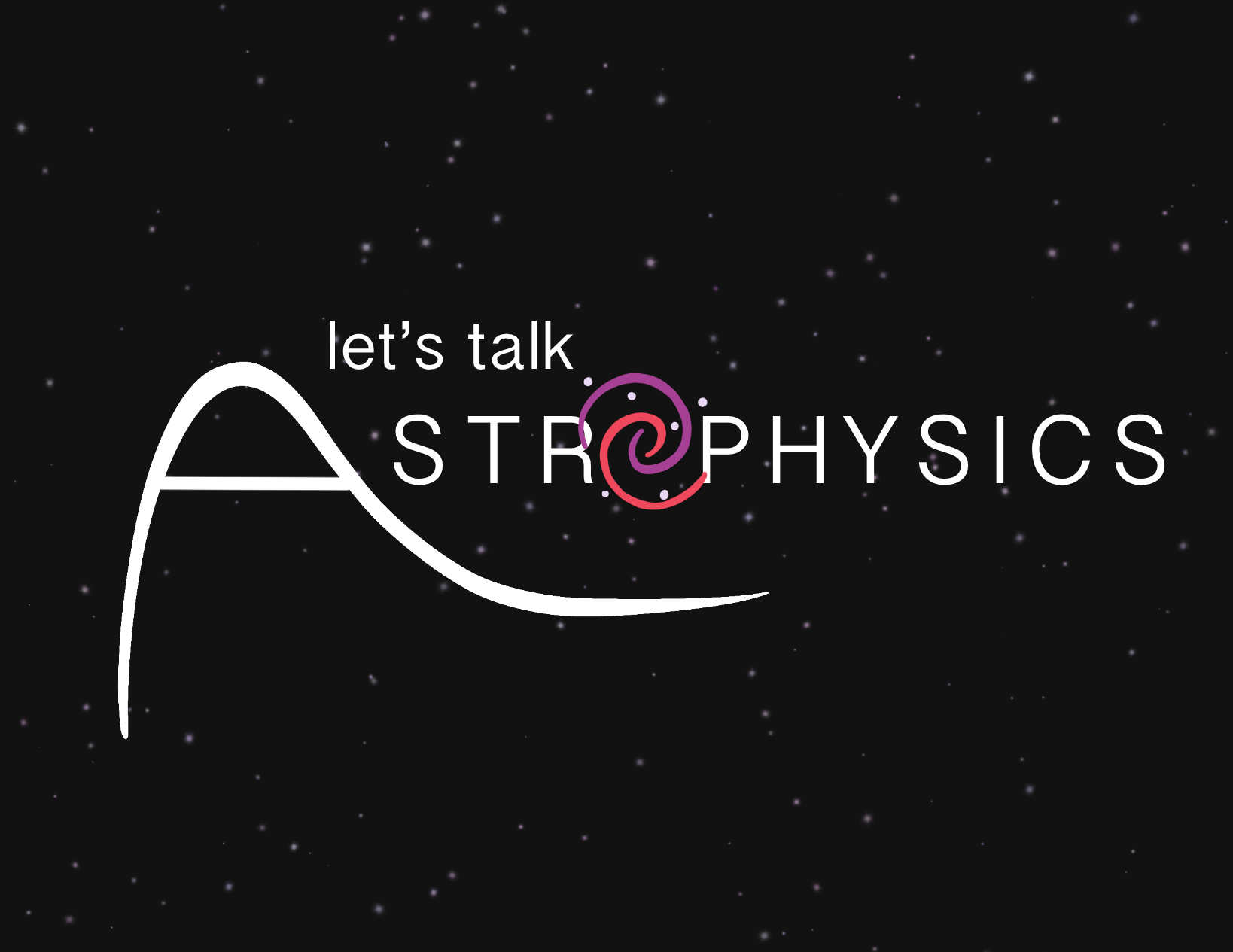 Logo Credit: Jasmine Corning
Logo Credit: Jasmine Corning
In both my Let's Talk Science and IDEAS Initiative roles,
I organized a virtual Canada-wide national symposium called
Mentorship

In my role as mentorship coordinator for
National Advocacy
I have served on three committees within the
Contact Me
You can contact me at